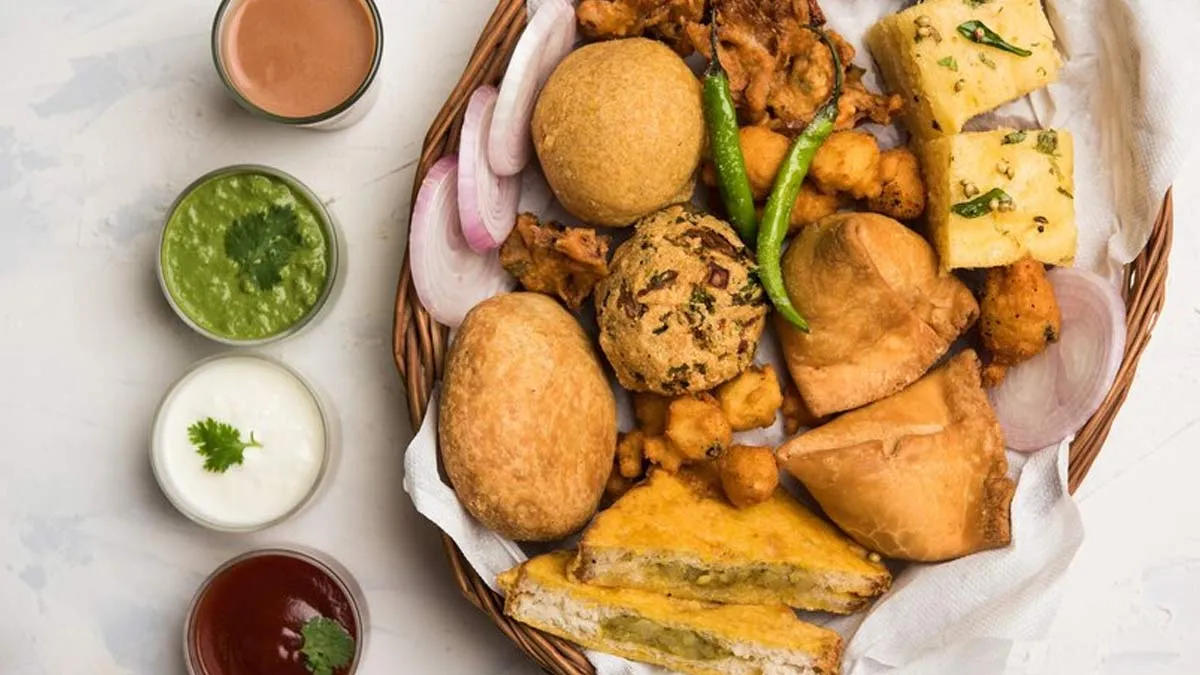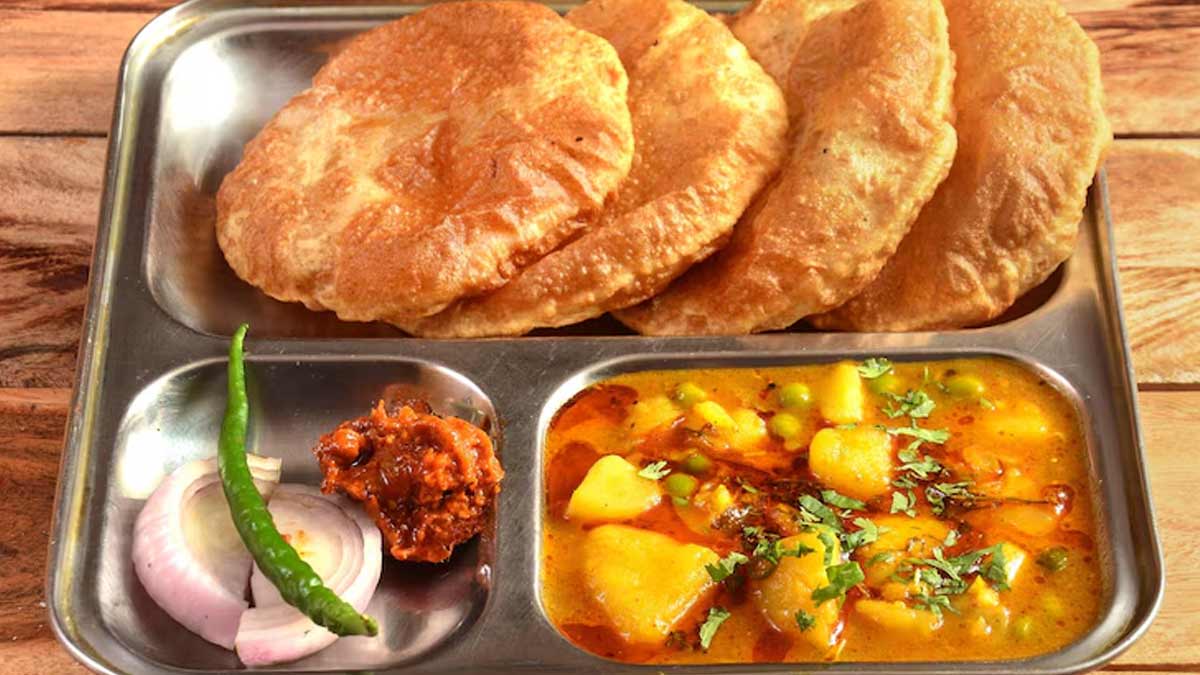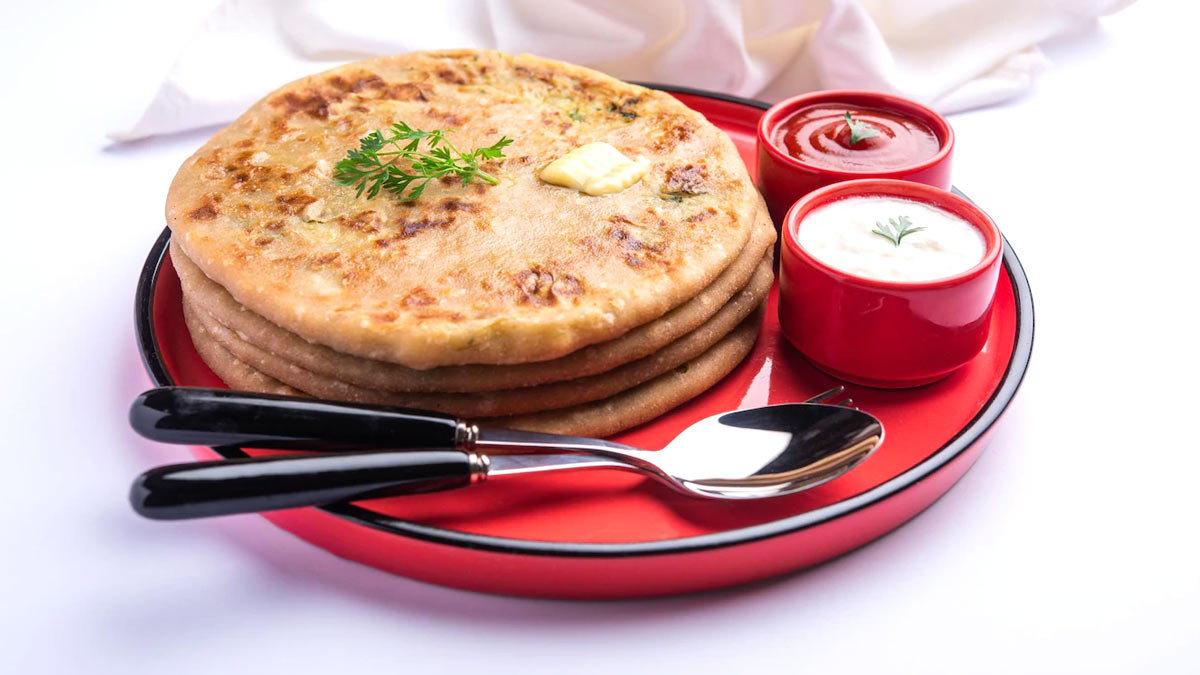
We've all heard that breakfast is the most important meal of the day! And, in many of our households growing up and even today, that meal is loaded with tradition, taste, and the unshakeable confidence that we were starting our day out on the healthiest foot. Our grandmothers and mothers, their wisdom beyond measure and boundless love, served us up plates of what we really believed were nutritional behemoths.
Table of Content:-
But suppose we told you that some of the favourite, long-standing breakfast foods that you've always thought of as ‘healthy’ may not be quite as healthy as you've always thought? In a shocking reality check, our expert, Pooja Singh, Dietician at ShardaCare, Health City - Nodia, explained the reality surrounding your mom's favourite breakfast which could revolutionise the way you think about your morning meal. Here is what she shared with us.
“For decades, some dishes have been given a near-revered status at the Indian breakfast table. They were instant, easy, and oh-so-yummy. But, a closer examination of their nutritional content, particularly set against the backdrop of contemporary lifestyles, throws up some eye-opening facts,” Pooja highlighted.
Go-To Breakfasts That Secretly Hurt Your Health
Some of the traditional breakfast that we thought were nutritious but are not may include:
1. Puri-Bhaji
Puri-bhaji is a weekend breakfast favourite among many Indian households, and it is undeniably tasty. But there's the catch: puris are fried. This implies that they absorb lots of oil, equating to high fat and calorie content. And although potatoes provide some nutrients, the bhaji is usually full of oil as well.
As comforting as a regular serving of puri-bhaji may be, it can quickly accumulate hundreds of calories, most of which are derived from unhealthy fats. This will ensure a slow start to your day instead of a dynamic one, and lead to a gradual weight gain if eaten daily.

2. Poha
Poha, or flattened rice, is usually hailed as a healthy and light food. It's easily prepared and can be loaded with vegetables. So, what's the catch? Well, the majority of poha is prepared from white rice, which is refined. This implies a high glycemic index, resulting in quick increases in blood sugar. Additionally, the traditional recipes for many poha varieties would typically require a liberal sprinkling of sugar to season, contributing to sugar overload. Though vegetables contribute fibre and nutrients, the foundation itself may not be as ‘light’ on your blood sugar as you would believe.
Also Read: Is Dal Really A Good Source Of Protein? Here's What Nutritionist Suggests
3. Aloo Paratha With Butter
Aloo paratha, or stuffed potato flatbread, is another extremely popular and filling breakfast. It is nourishing and gives energy. But if we dissect it, although potatoes provide carbohydrates, the quantity used in a regular aloo paratha can be quite high. The paratha itself is usually prepared with ample amounts of ghee or oil, adding to its fat and calorie level. If you're having it with butter and a dollop, or even a side of pickle, which is usually packed with sodium and oil, you're adding more to the count. For a less active individual, this is a lot of calories for one meal very fast.

4. White Bread Sandwiches
Although not exactly traditional along the lines of the others, white bread sandwiched with potato masala or even jam is a ubiquitous instant breakfast in most of our houses. However, expert Pooja noted that white bread is heavily processed and robbed of most of its fibre and vital nutrients in refining. It provides minimal sustained energy and can cause rapid blood sugar surges followed by crashes. Combining it with sweet jams or oily potato fillings only makes the matter worse, making it a ‘filler’ breakfast and not a really nourishing one.
So, What's a Health-Conscious Indian to Do?
Expert Pooja suggested that the solution for this lies in realising the nutritional effect and modifying these favourite dishes to our contemporary needs. Following are some expert-approved tips to make your traditional Indian breakfasts really nutritious:
- Go Whole Grain: Choose brown rice poha, multi-grain parathas, or whole grain dosas.
- Cut Down on Oil and Ghee: Try air-frying parathas or shallow-frying puris using less oil. Employ non-stick pans.
- Load Vegetables and Lentils: Add more vegetables to your poha and upma. Add more lentils (dals) into dosas and idlis for protein.
- Prioritise Protein: Include a side of yogurt, a fistful of nuts, or add paneer/tofu to your breakfast foods for a boost in protein levels, which is great for satiety and muscle health.
- Watch the Portion Sizes: Healthy foods can be unhealthy if eaten in excess. Be careful about portion sizes.
- Sweeten Naturally: Cut down or remove added sugar from foods such as poha. Let vegetables provide natural sweetness or add a touch of fruit if needed.
Bottomline
Our traditional Indian breakfasts are so much a part of our culture and even memories. The idea is not to completely ditch them, but to reinterpret them in a new light. Small, intentional adjustments can turn these comforting foods into actually nutritious powerhouses that actually power your day and something your mom would also be still proud of!
Also watch this video
How we keep this article up to date:
We work with experts and keep a close eye on the latest in health and wellness. Whenever there is a new research or helpful information, we update our articles with accurate and useful advice.
Current Version